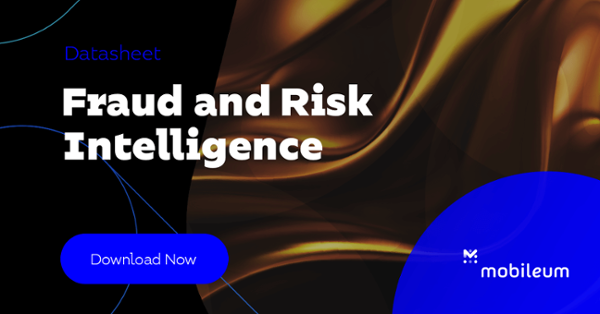Nearly 700. That was the number of distinct event types we counted in a one-day data dump from a small operator’s Mobile Money platform several years ago.
I still remember it well. It was the first time we had deep insight into significant Mobile Money data. We were flabbergasted. Expecting Mobile Money services to have more complexity than some other services, instead, we found ourselves playing in a whole different league.
Beyond the distinct event types, we also counted more than 20 distinct parties that were potentially involved in these transactions. Each party and each event type came with its own rules and regulations. Agents? Super-agents? Internal agents? Super-Super Agents? All different animals.
And then, we still had to start decoding the other data feeds. We had received financial logs, audit logs, financial transactions, and balance updates. Later on, we connected similar feeds from the operator’s financial partners.
We understood why the mobile operator’s small Revenue Assurance & Fraud Management team had sought out assistance. This mobile money system was big, and with that came big risk.
Even basic Revenue Assurance reconciliations such as “same number of events” or “same amount of money” were challenging due to the number of systems and parties involved. Almost every day, we uncovered new ways to defraud the system, challenging our software developers. All these complexities were a dream come true for our most decisive and inquisitive experts. They loved it, to boldly go where no man had gone before.
Fast forward to 2021. Mobile Money has become much more prevalent. New use cases pop up continuously. Governments started taxing it, universities began to accept fees with it, and merchants linked their loyalty schemes. Complexity and novelty breed risk - risks that need to be controlled.
Addressing the need in many places
Operators achieve 24/7 Service Assurance with Mobileum’s high volume, industrial-grade QoS/QoE testing & monitoring. Whether Mobile Money transactions occur via an app, a SIM toolkit, or simply USSD, it needs to be monitored - including the ITU-T standardized KPI.
Crunching billions of Mobile Money event records per day, Mobileum provides operators Fraud Detection, Revenue Assurance, or Margin Assurance specific to Mobile Money.
Some operators use our end-to-end managed service to handle Mobile Money Risk Management, and we are deploying seven separate Machine Learning models for one of the largest telco groups, specifically for Mobile Money controls. Real mathematical models, as opposed to advanced automation that others pass off as ML.
At Mobileum, we are pushing the industry forward through advanced technologies and depth of expertise.
Talking about industry, last week the GSMA released a new State of the Industry report on Mobile Money. They report 1.2 billion mobile money accounts, of which more than 300 million are considered “active”, an increase of 17% year over year. The average transaction value is more than 2 billion USD per day. That is more than 6 USD per user per day.
COVID-19 clearly did not slow down Mobile Money. In a 2020 GSMA Mobile Money report of 8,000 surveyed adults, 13% started using Mobile Money because of the pandemic. It seems that little virus’ push for digitalization outpaced the virus' push for closed merchants and disrupted agent networks. The study also confirms there is still huge growth potential for Mobile Money. In markets such as Pakistan and India, less than 12% of the surveyed population had a mobile money wallet.
Mobile Money is only getting bigger. And with the increasing volume, so do the risks.
Tell us about your experience with Mobile Money by leaving your comment below or if you are interested in knowing how Mobileum can help you, please contact us.




Let Us Know What You Thought about this Post.
Put your Comment Below.